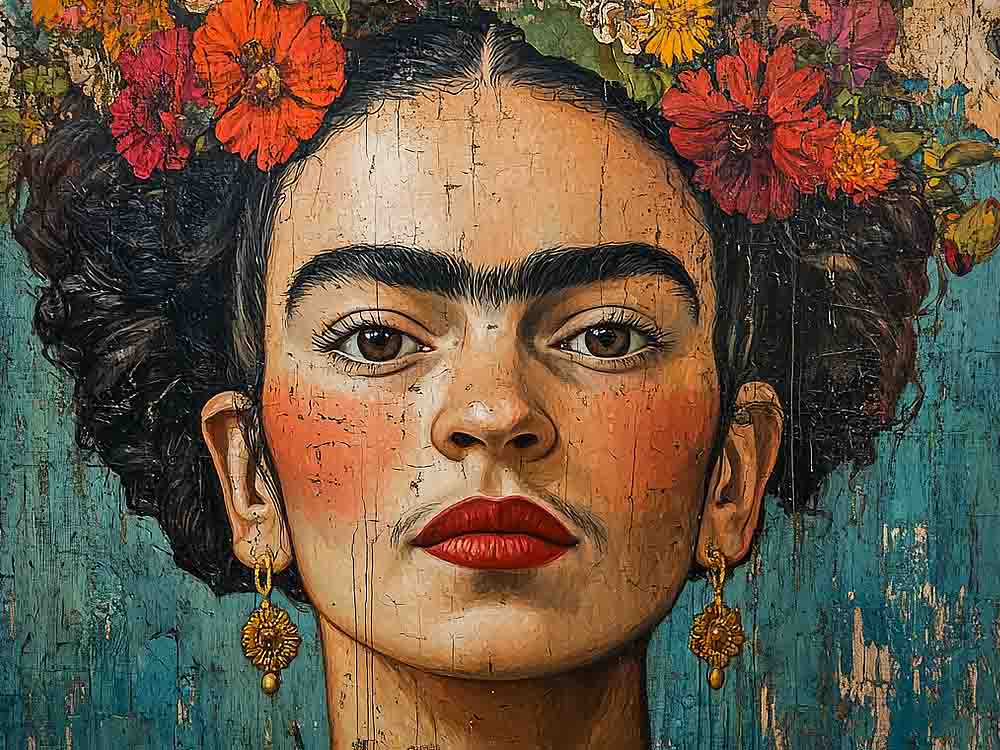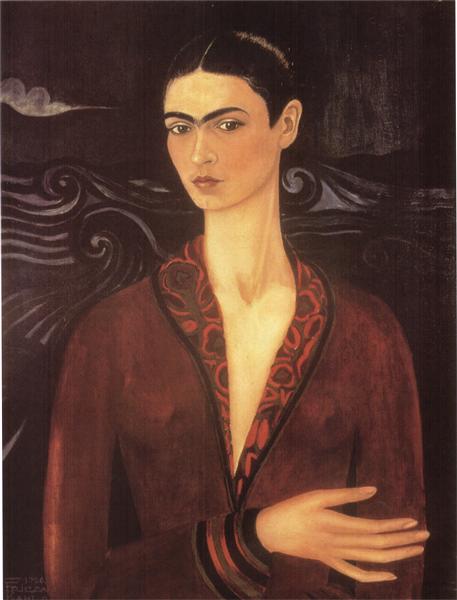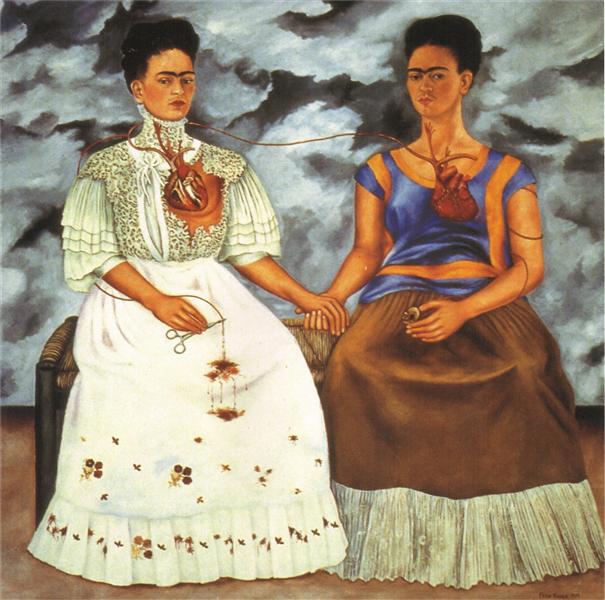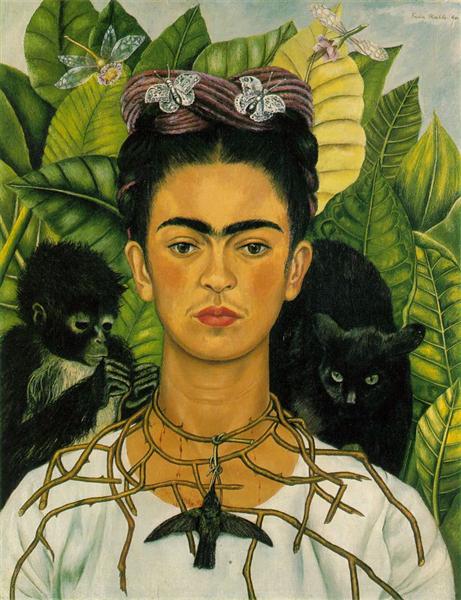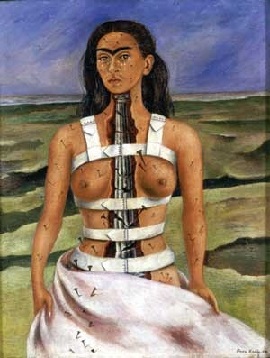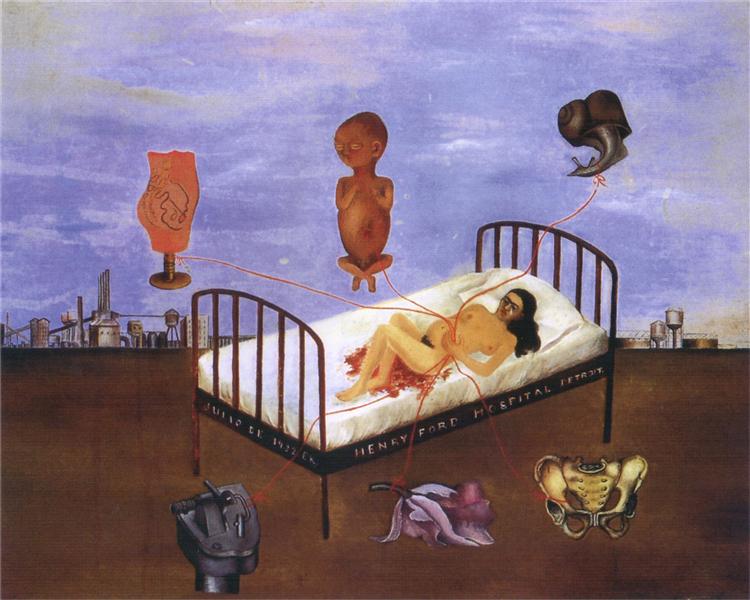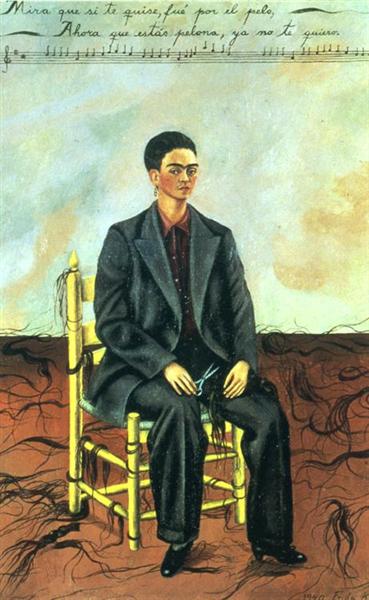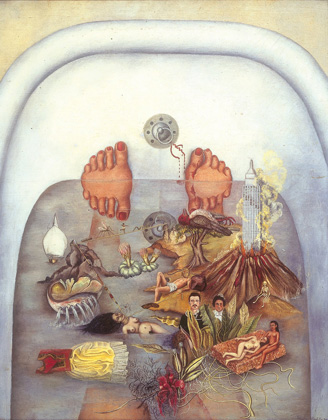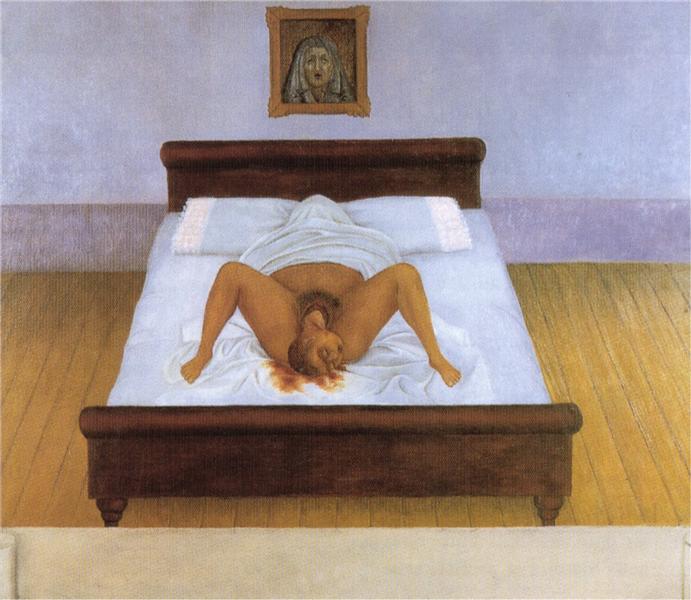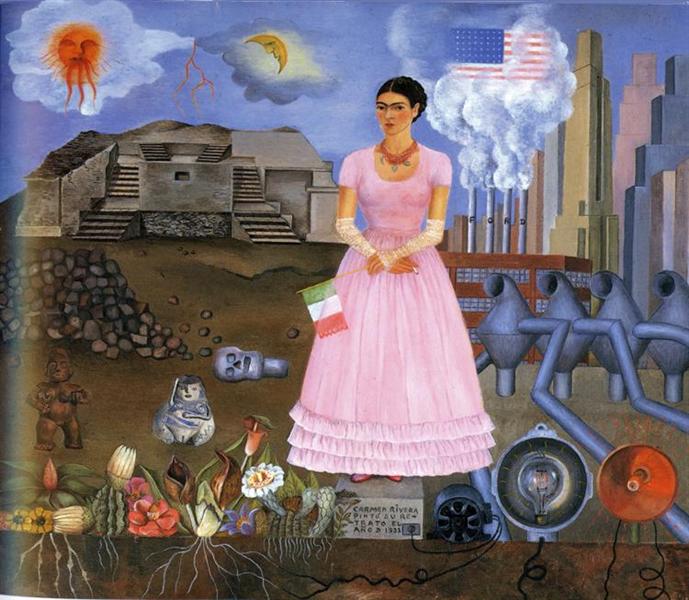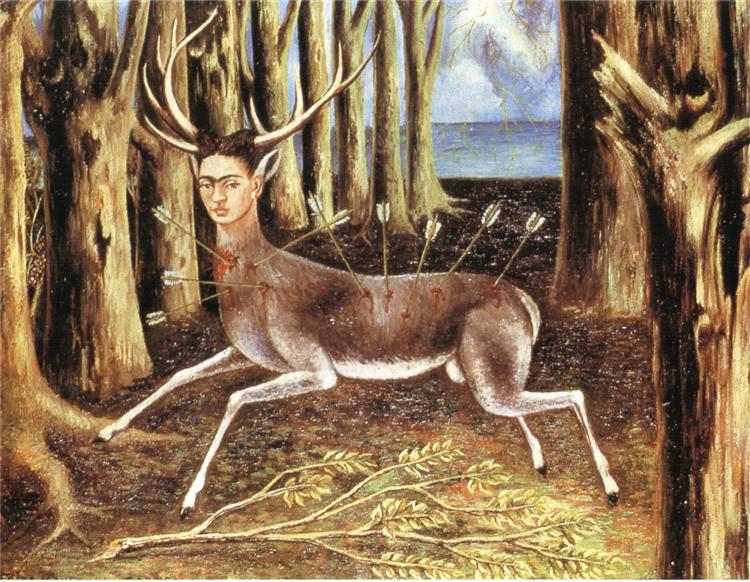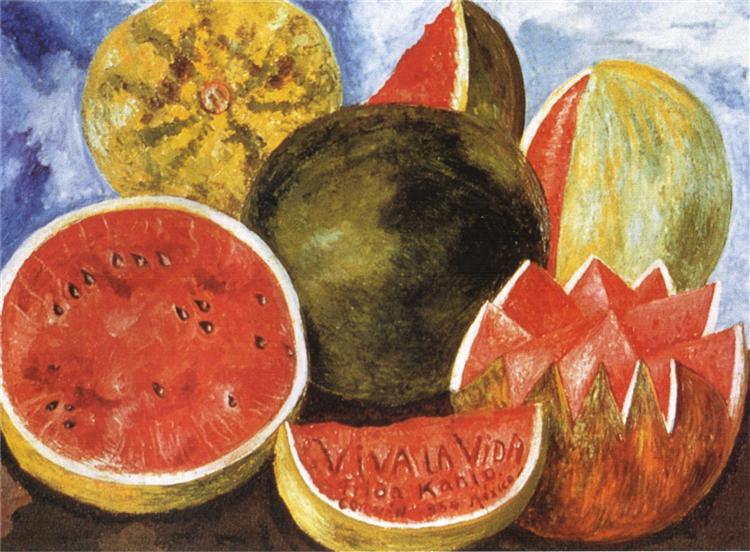Frida Kahlo is more than an artist—she’s an icon. Kahlo transformed the art world forever with her unapologetic self-expression, surrealist-meets-realist approach, and an eyebrow that could launch a thousand ships. In this blog, we’ll dive into the fascinating life and legacy of Frida Kahlo, the ultimate muse for anyone who’s ever dared to wear their heart (and art) on their sleeve.
From Tragedy to Triumph: The Life of Frida Kahlo
Frida Kahlo’s life was a mix of vibrance and struggle, much like her artwork. Born in 1907 in Coyoacán, Mexico, Kahlo endured a lifetime of physical pain after surviving polio as a child and a devastating bus accident at 18. But did that stop her? Not a chance.
Her recovery became a creative awakening. Confined to her bed, Frida began painting with a specially designed easel. Her early works reflected her pain, with vivid self-portraits staring boldly into viewers’ eyes. The lesson here? Turn your pain into power—and maybe a globally celebrated art career.
Her Art Was Her Anthem
Frida Kahlo’s work defied convention. She blended surrealism, symbolism, and folk art with raw, emotional honesty. Her self-portraits, like The Two Fridas and Self-Portrait with Thorn Necklace and Hummingbird, are more than just paintings—they’re windows into her soul.
Her use of vibrant colors, intricate patterns, and stark imagery made every piece unforgettable. Need inspiration for your next creative project? Look no further than Kahlo’s fearless storytelling.
Frida’s Style: A Canvas in Itself
Let’s talk about the elephant (or should we say caterpillar?) in the room: Frida’s unforgettable look. With bold eyebrows, floral crowns, and traditional Tehuana dresses, she turned her image into a work of art. This wasn’t just personal branding—it was a declaration of identity, culture, and resilience.
Next time you’re questioning your outfit choices, remember this: if Frida could rock a unibrow and floral headpiece with such confidence, you can wear whatever makes you feel unstoppable.
Her Legacy Lives On
Frida Kahlo passed away in 1954, but her impact on the art world has only grown. Today, she’s a feminist icon, a cultural ambassador, and a beacon for anyone fighting to be seen and heard. From museum exhibitions to her face plastered on tote bags, Frida’s influence knows no bounds.
And let’s not forget her famous Blue House (Casa Azul), now a museum that attracts thousands of visitors each year. Add it to your travel bucket list if you want to walk in the footsteps of greatness.
What Frida Taught Us
Frida Kahlo’s art reminds us to embrace imperfection, express ourselves unapologetically, and find beauty in the chaos. Feeling inspired? Pick up a brush, grab some bold colors, and channel your inner Frida.
Want to unleash your inner Kahlo? Share your boldest artwork with me or comment on how Frida has inspired your creativity. Don’t forget to visit my shop for vibrant, Kahlo-inspired prints to bring some rebellious artistry into your life!
Looking to explore more art genres? Head over to JoeLatimer.com for a multidisciplinary, visually stunning experience. ☮️❤️🎨
Enjoy this blog? Please help spread the word via:


